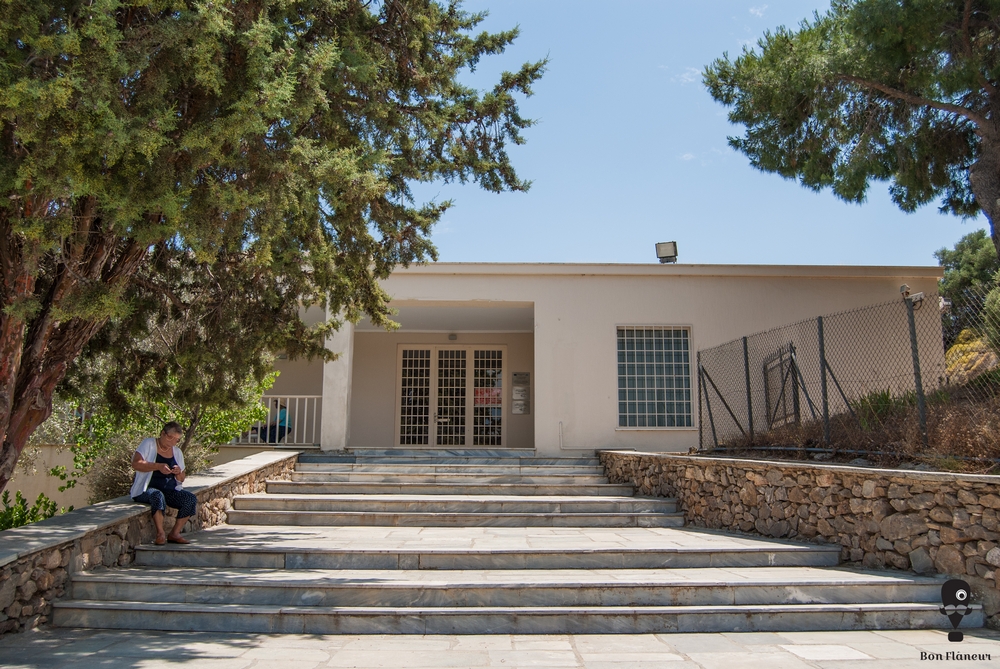Archaeological Museum of Brauron
The Archaeological Museum of Brauron belongs to the most important archaeological museums of Greece and was renovated for the Athens 2004 Olympic Games.
Location
Timeline
Modern and Contemporary era (1821 - )
1962 Constructed.
1969 Inaugurated.
2007 The exhibition was redesigned. The works were completed in 2009.




Share